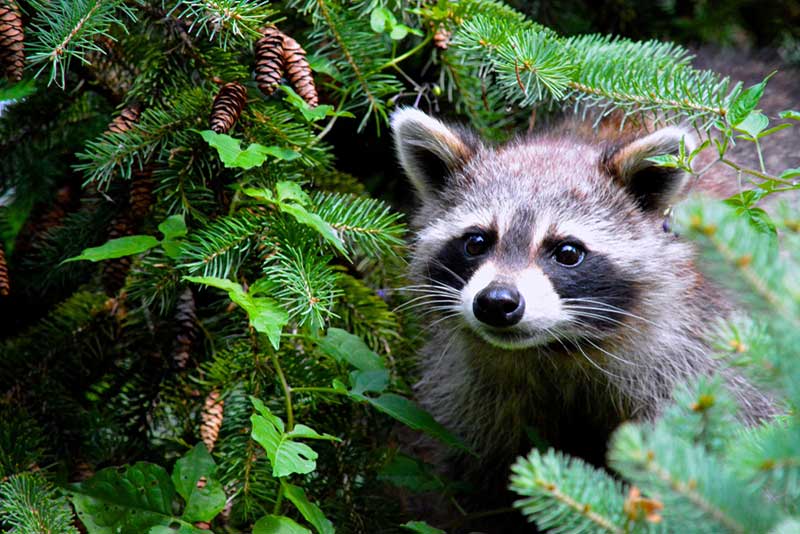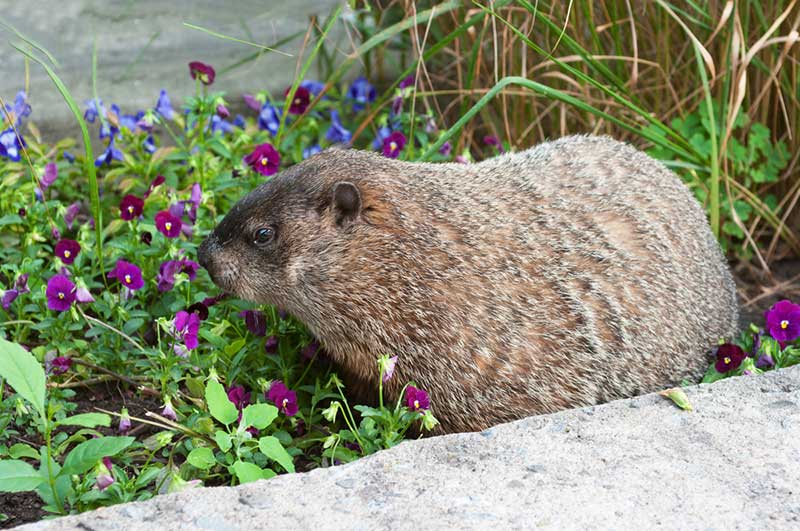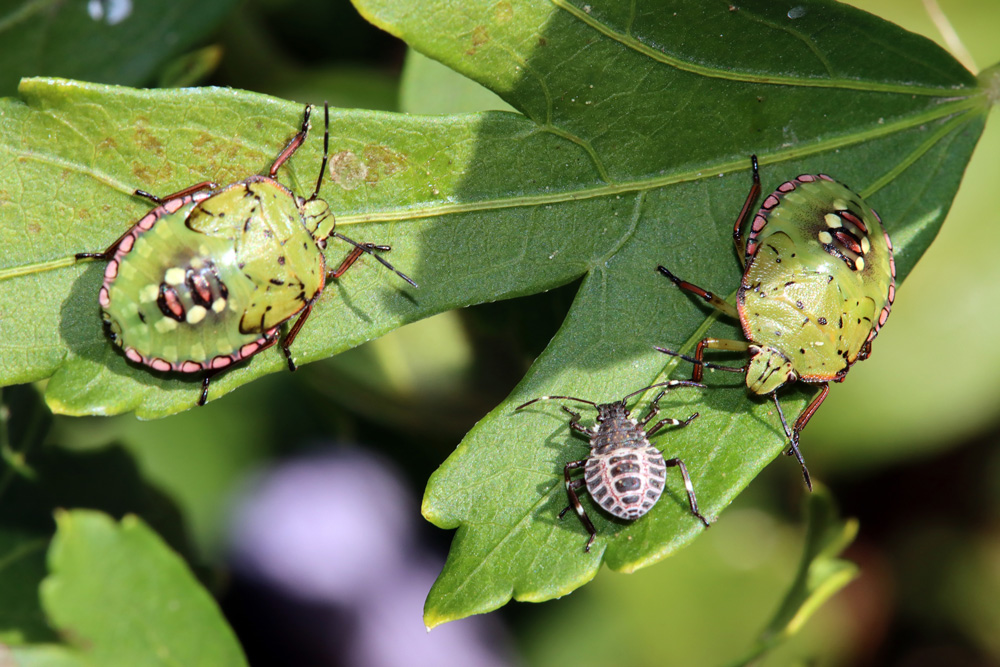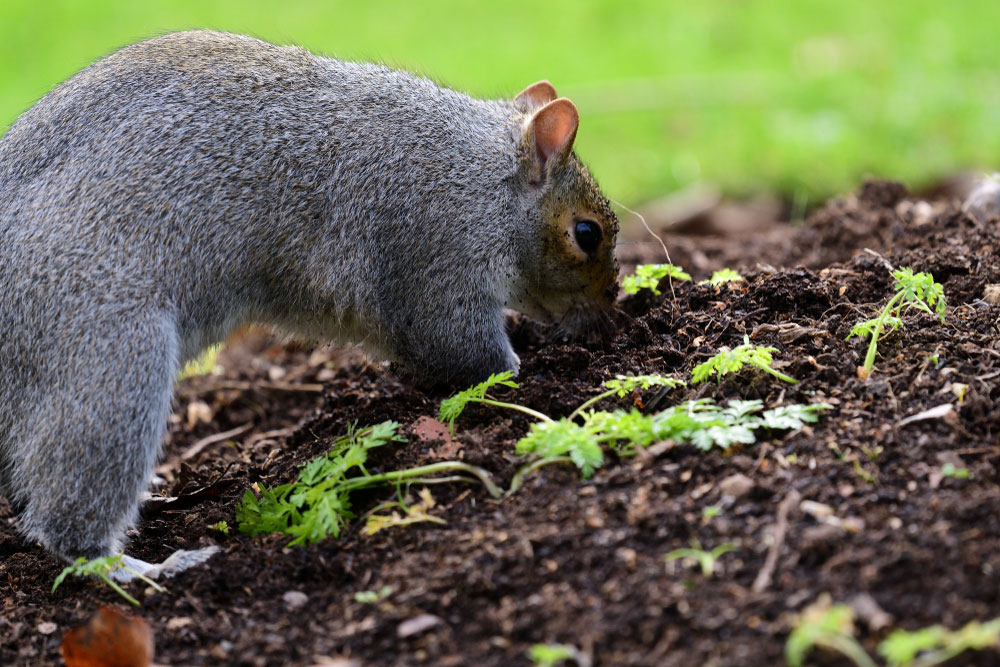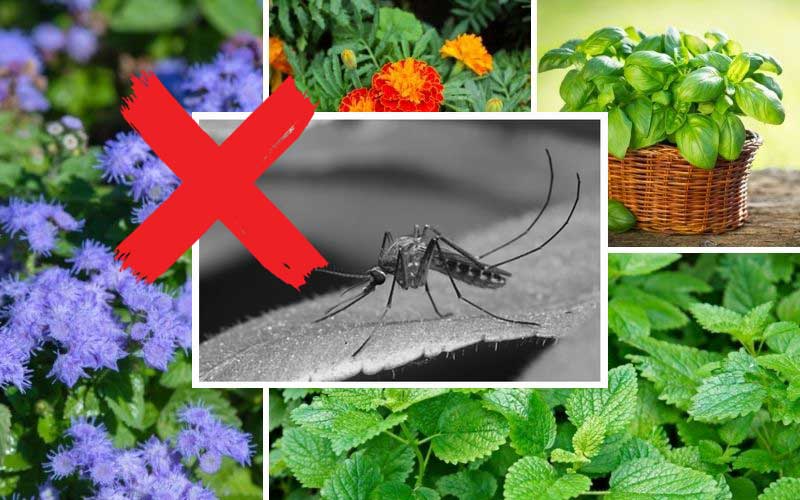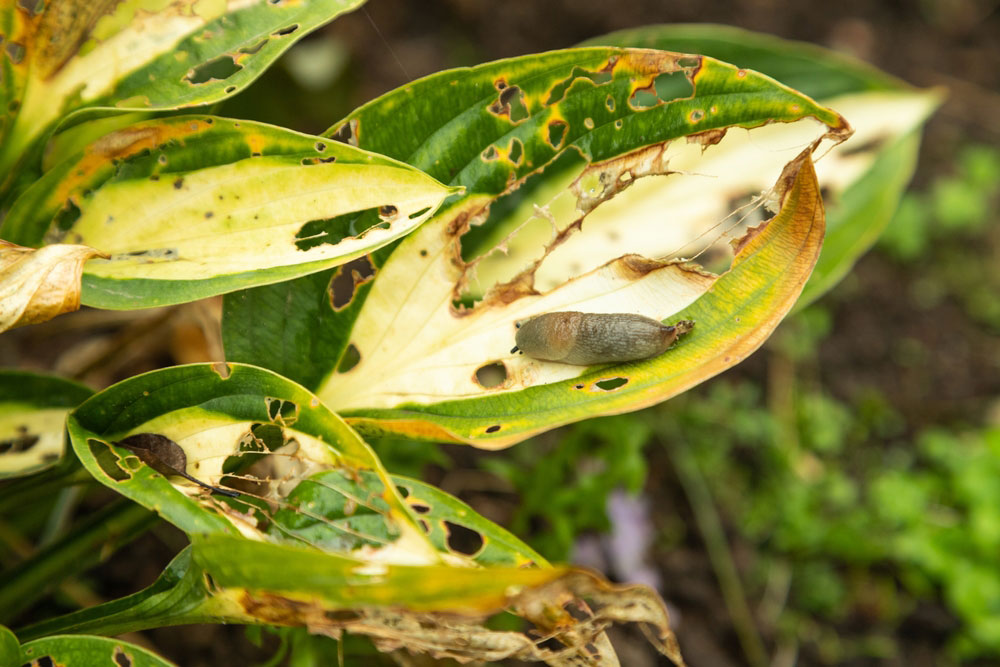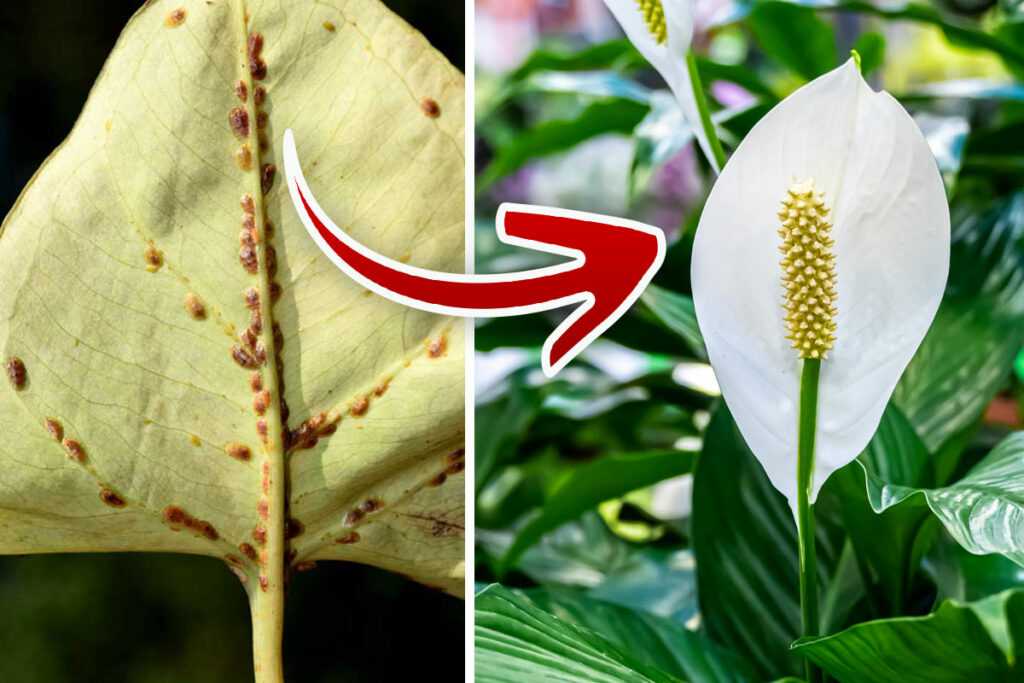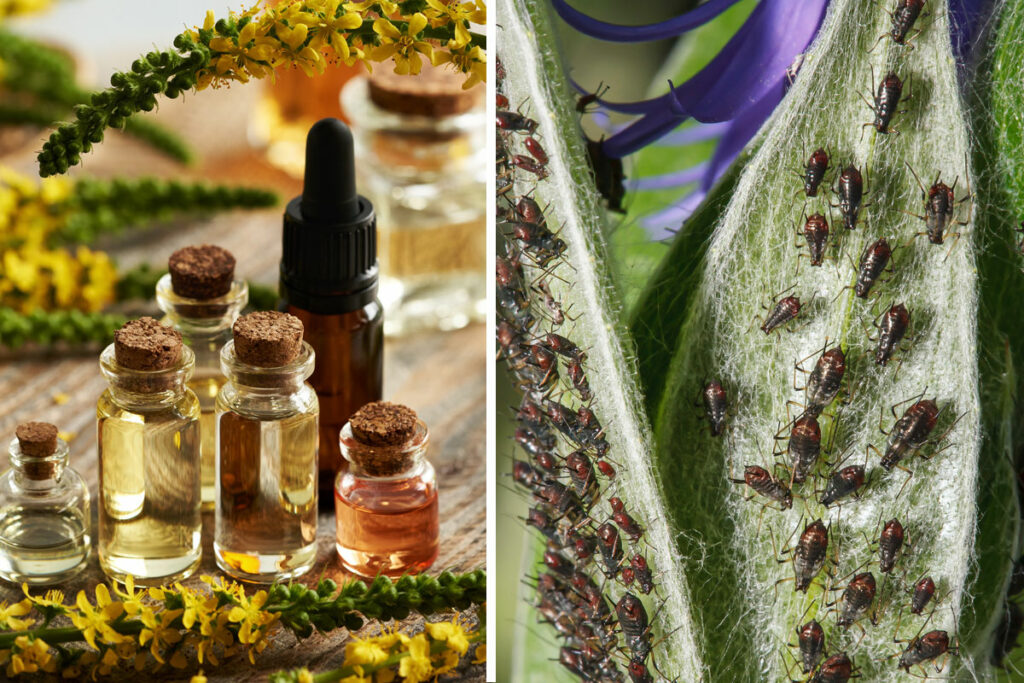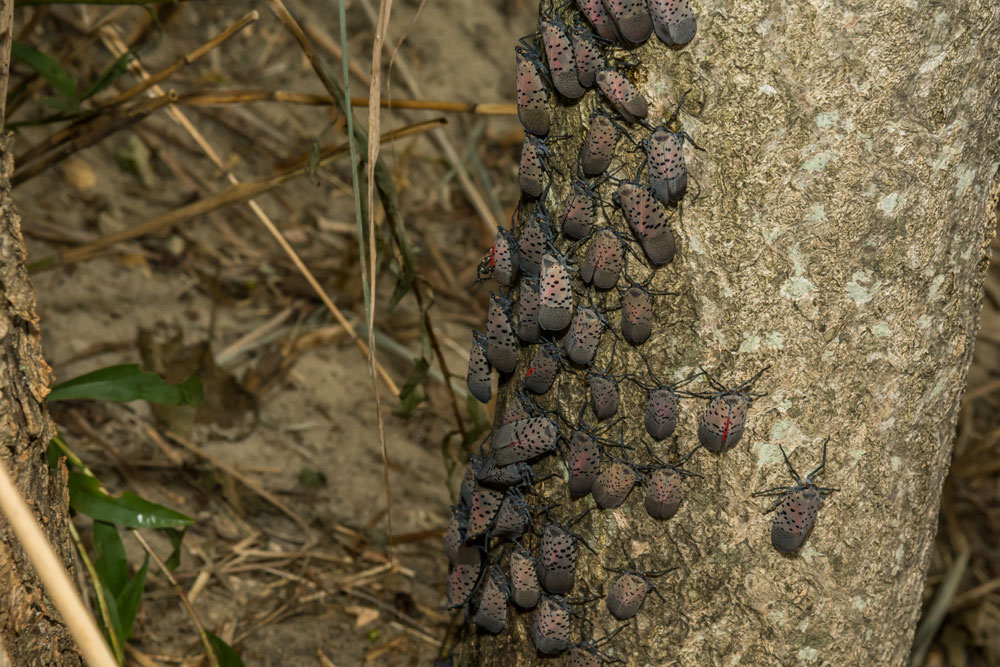Your garden is a source of joy and food for you and for multitudes of creepy-crawlies. But insects are a fact of garden life, and while some are beneficial, others can do damage to plants you want to keep in good shape. Other pests can get into your home, making life uncomfortable for any occupants that don’t like six- or eight-legged creatures.
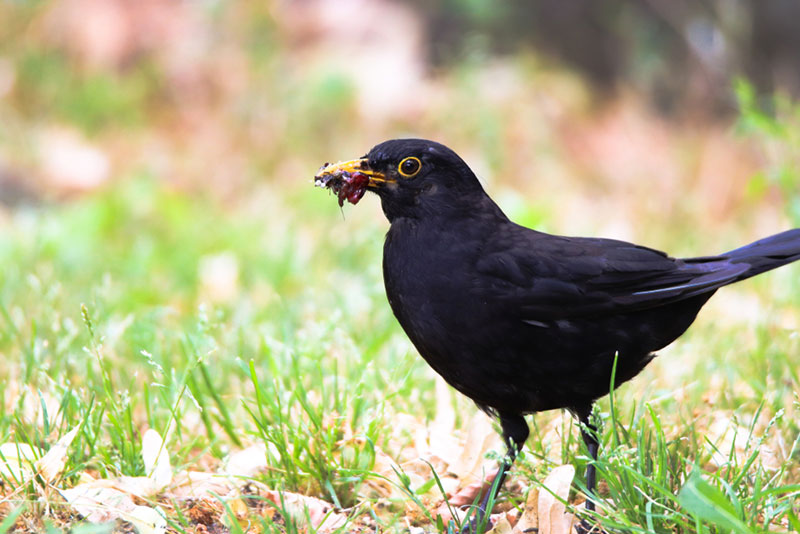
One solution is to attract more birds to your yard in hopes that they will eat the bugs. This solution does not require the use of pesticides, and the birds offer the added benefits of pollinating some plants and providing birdsong that lots of people enjoy listening to. The birds can eat some fruits and seedlings, however, so if you plan to attract birds to eat bugs, make sure you protect those plants that you don’t want them munching on, too. Late spring and early summer are peak times to attract birds as a method of pest control because this is when birds are trying to feed hatchlings, and bugs are a prime food source for them.
Provide an Obvious Food Source
If you want birds to eat the bugs that live in your garden, you have to provide food for the birds. That sounds very silly given that your yard is full of tasty insects, right? Why can’t the birds just eat those?
Well, birds like bugs, but the food you provide, in forms like birdseed mixes, suet cakes that won’t melt, and even mealworms, is going to be more obvious because you can place it in highly visible areas. Bugs tend to hide, and birds passing through your yard might not spot them immediately. But they’ll spot that nice, seed-filled feeder and may stop to have a bite. At that point, they may realize that your yard is filled with bugs they like to eat.
Be sure to match the food to the birds in your region. It makes no sense to provide foods that local birds don’t like or to provide foods that the wrong birds like. If you have grubs and want to attract wrens, for example, provide foods that wrens like to eat. Also, make sure the food is fresh and of good quality. Cheaper seed mixes and suet cakes may not be as attractive. Any feeders you put in your yard should be squirrel-proofed, too.
Provide a Moving Water Source
Birds need water no matter what they eat, and if you have a birdbath, you may have seen a few feathered friends splashing away. But moving water is more attractive, so add a bubbler to stationary water sources, or install a working fountain in your garden. Moving water is generally fresher; you can find solar-powered fountains to reduce energy costs. Be sure to keep the water features clean, too.
Create Nesting and Cover Sites
When birds visit your garden, you want them to at least comeback, if not take up residence. Two features that birds love are areas where they can nest, particularly if you’re trying to attract them in the spring and summer, and areas where they can take cover and hide from the sun and potential predators.
Let a corner of the garden get a bit overgrown – not by much, but enough so that it looks a little wilder. Place feeders and water features there to create a lovely escape for birds looking for a place to settle down for the season.
Add Bird-Attracting Flowers
When you know which types of birds you want to attract to your garden, plant some flowers that they like to hang out in. For example, if hummingbirds are in your area and you want them to visit your garden to feast on aphids, add not only a water feature and a feeder with sugar water (no red dye!), but also plant bee balm, hollyhocks, and other hummingbird-friendly flowers. They may arrive for a meal of flower nectar and stay for a bug-filled dessert.
Make It Easy for the Birds to Spot and Reach the Bugs
Once birds are in your yard, you want them to see and eat those bugs. That means you have to make it possible for the birds to reach the bugs. For example, if you have soil-based bugs, don’t cover them with mulch. That’s kind of an extreme example, but that’s the gist of it. If you place netting over seedlings, for example, don’t cover the soil where the bugs are because the birds won’t be able to reach the bugs.
Protect Your Plants, but Don’t Scare Birds Away
Birds can eat seedlings and berries, too, which means you should take steps to protect those plants from the birds you’re trying to attract. Netting is a good solution, but don’t try to scare birds away from one area of your garden while trying to attract them to another area, even if the garden is large.
Avoid mylar balloons and other repellents; stick with targeted exclusion. Make sure the netting has good supports so that the nets don’t collapse onto the plant, allowing birds to peck at fruits and seedlings through the mesh.





